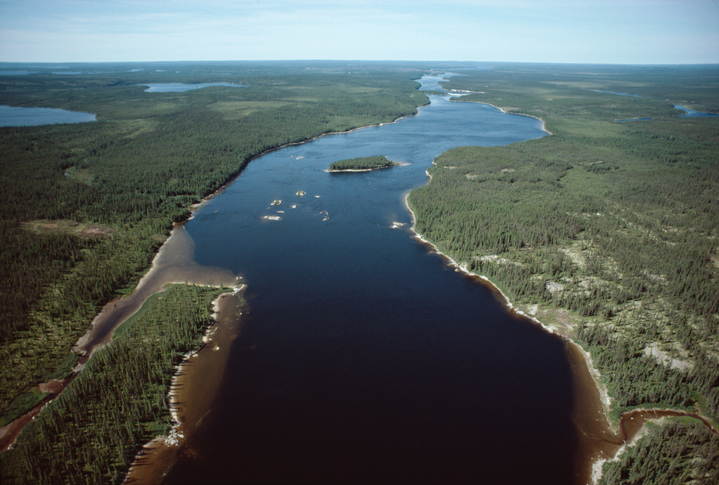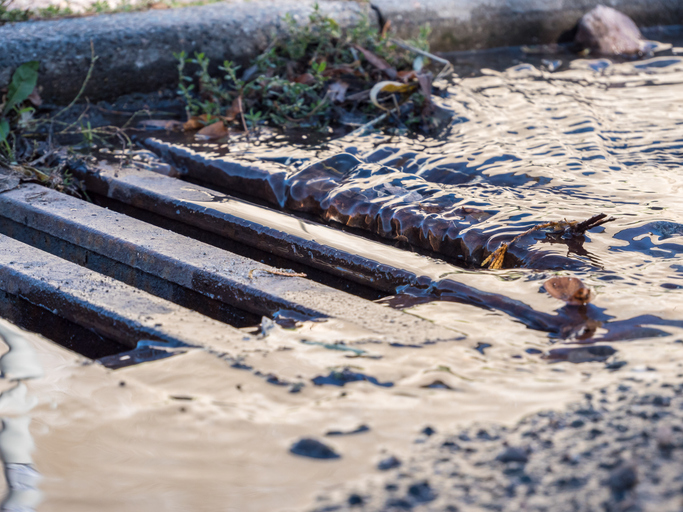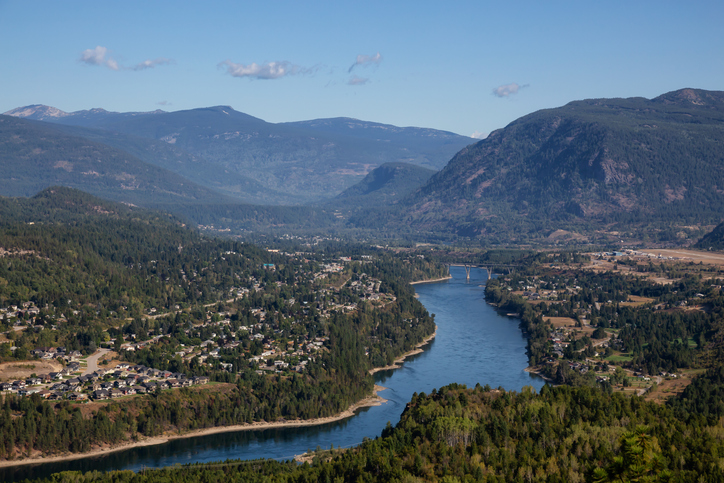In January of 2022, the government of British Columbia issued a discussion paper seeking the public’s input on a proposed Watershed Security Strategy and Fund, the main goal of which is to promote healthy and secure watersheds.
In its discussion paper, the Province highlights the significance of watershed security in light of the impacts of climate change including increased weather events that undermine “the health of watersheds, and by extension the wellbeing of all living things.” This was demonstrated by British Columbia’s severe droughts and wildfires during the summer of 2021 which reduced water levels in rivers, lakes, and large aquifers, resulting in diminished drinking water in reservoirs and significant restrictions on water use. The Strategy also refers to the extended period of heavy rainfall in 2021 which resulted in historic flooding in the Fraser Valley, which ultimately led to “loss of life, damage to property, disruption of critical food supply chains, and economic hardship.”
Over the past few years watershed security and diminishing water supplies have lead the Oil and Gas Commission to issue orders temporarily restricting water diversions by its operators in Northeastern B.C. The Strategy ultimately implemented by the Province may also result in new policies and regulations regarding water use and more stringent requirements for increased water recovery, remediation, and recycling by the oil and gas industry and other large commercial and industrial water users.
In developing the Strategy, the Province has shown that it will work with Indigenous peoples, the public, different levels of government, and stakeholders, and is seeking input from environmental organizations, industrial water users, and opinion leaders. The Strategy implies an intensive effort will be undertaken to “align with other water use priorities like fish protection, land-use planning and protection of drinking water,” while “honouring the spirit, intent, and obligations” of the B.C. Declaration on the Rights of Indigenous Peoples Act and the United Nations Declaration on the Rights of Indigenous Peoples that will be “central” to the Strategy.
Goals of the Watershed Security Strategy and Fund
The Province proposes to focus on achieving the following ten outcomes:
Governance support – Improving watershed governance by developing a framework that harmonizes the roles and responsibilities for all involved with a watershed.
Risk management – Developing better understanding of the risks to watershed security by increasing regulatory frameworks to improve and control water “use monitoring to inform adaptive management approaches… designed to avoid or mitigate risks,” and ensuring that those involved with watershed governance can access the “necessary data, software tools and professional expertise needed to characterize the status and risks to water in watersheds.”
Reconciliation and collaboration – Furthering reconciliation with Indigenous communities by using new ways to collaborate on provincial water priorities and assess options and solutions for reducing what the Province describes as “engagement fatigue” experienced by Indigenous peoples.
Water for all – Ensuring a sustainable and continuous supply of healthy water for all and taking steps to understand the risks posed to watersheds and assess how drinking water sources could be further protected through the better management of natural assets (ie. wetlands and aquifers), as well as assessing ways to “improve mapping of water sources” and identifying risks to “support source protection planning.”
Water integration – Development of policies that result in more efficient and effective integration of water security and water use into land use planning, including evaluating how to identify the values and goals shared between water planning and modernized land-use planning initiatives early on so that, where these initiatives do overlap, their processes will be aligned.
Relationship reset – Resetting the water supply and demand by assessing the possible use of new water sources (such as greywater), and the “storage and recovery of storm water runoff for purposes other than drinking.”
Ecosystems upgrade – Improving aquatic ecosystem habitats by considering and evaluating new methods and opportunities to better manage natural resources and applying nature-based solutions, as well as opportunities to balance food security and economic prosperity with the health of ecosystems by using economic tools.
Indigenous knowledge – Collaborating with Indigenous people to better understand and integrate Indigenous knowledge and values in decision-making processes and watershed management, and recognize opportunities for Indigenous-led projects where science and Indigenous peoples knowledge can work together.
Education and outreach – Identifying opportunities for providing education and outreach around water management in B.C by collaborating with various levels of governments and Indigenous and non-Indigenous groups.
Funding – Creating a fund for the Strategy which may be used to support various watershed governance initiatives aimed at promoting watershed security.
It remains to be seen how these ten proposed outcomes will unfold since the Province does not intend on launching the Strategy until the spring or summer of 2023. While the risks of climate change on watersheds is not yet fully understood, the Strategy represents the beginning of a much larger discussion regarding water use and sustainability in the Province.
For references watercanada.net/resources/jf23
Charles Bois is a Partner with Miller Thomson, LLP.
Michelle Eng is an Articled Student with Miller Thomson, LLP.









